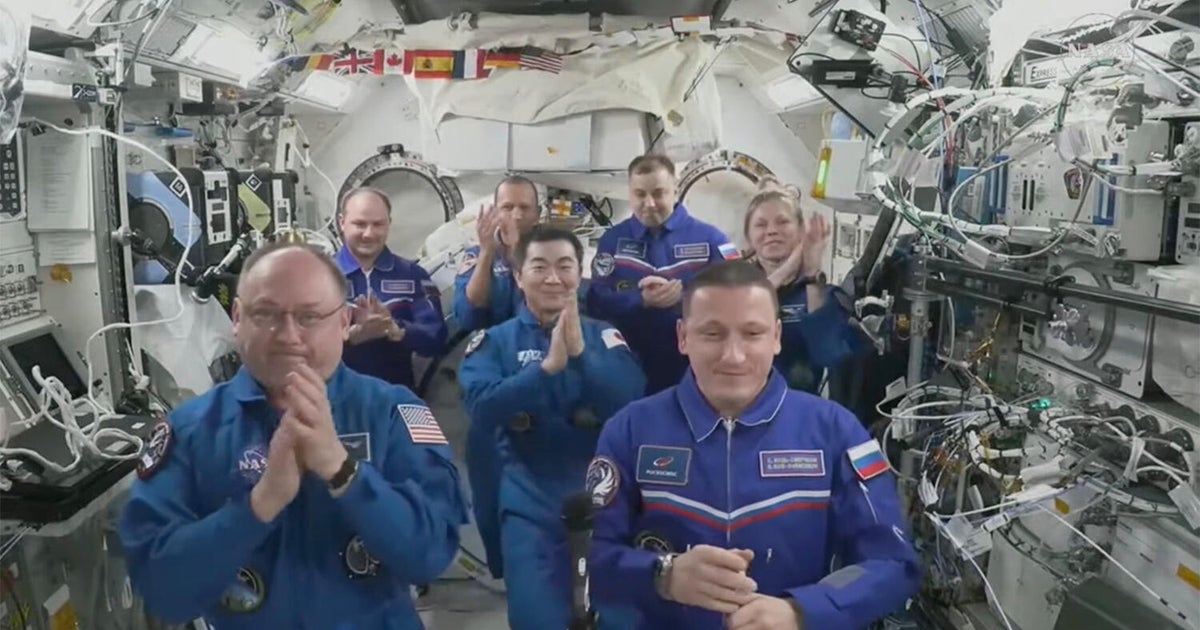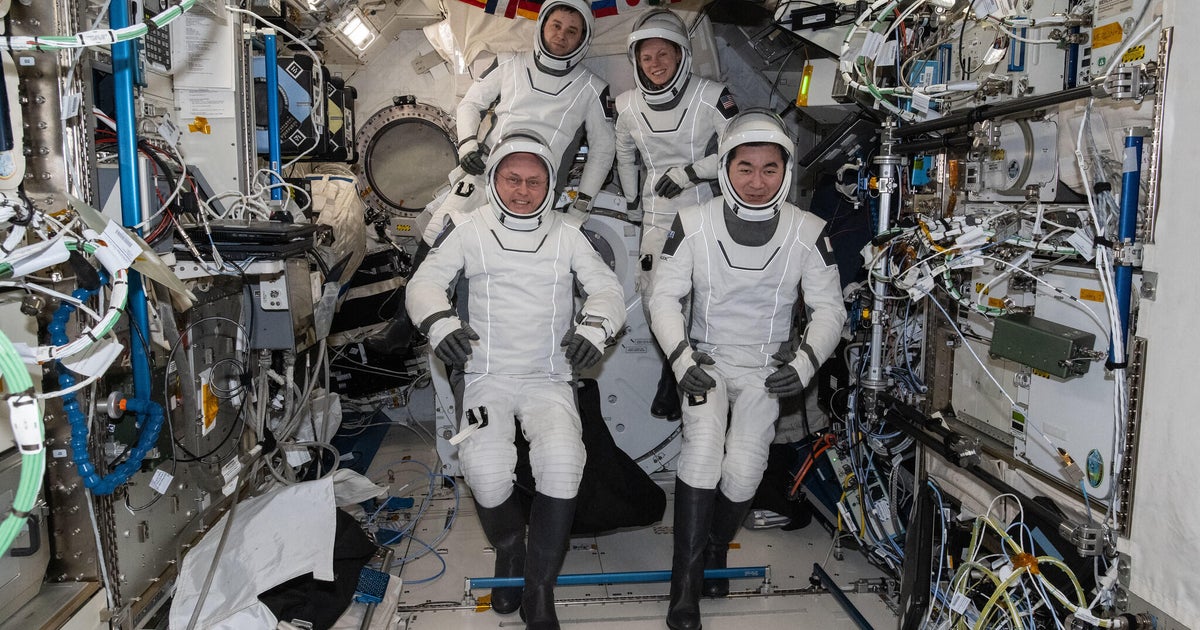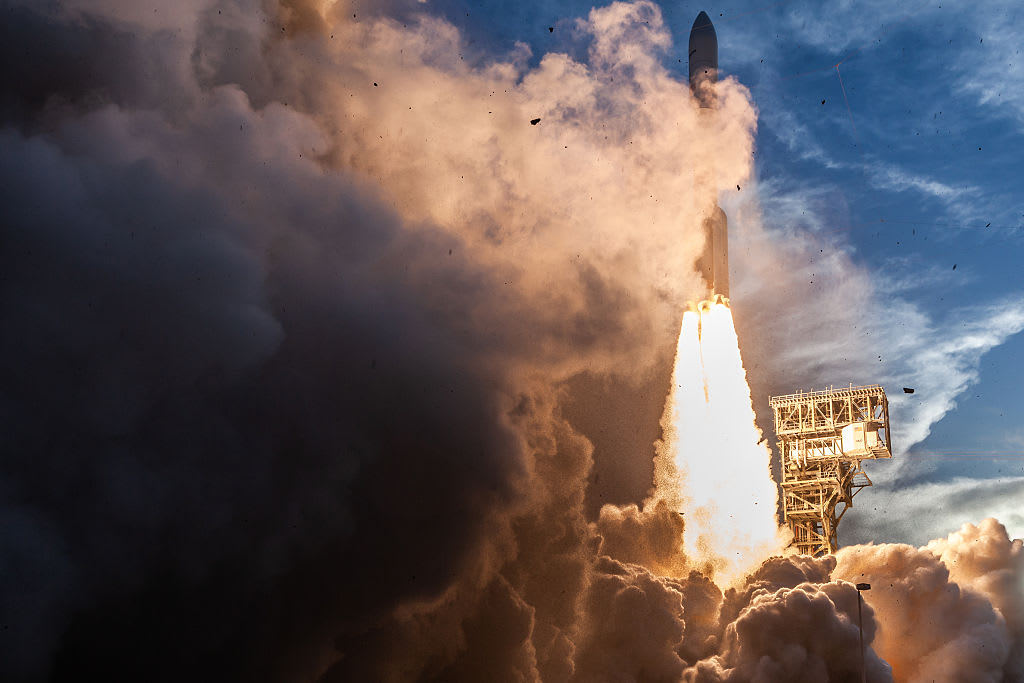Water vapor found on Jupiter's moon Europa, fueling hopes in search for life beyond Earth
Astronomers have long suspected that Jupiter's moon Europa holds a salty ocean beneath its thick icy crust that could support life. Now, NASA has confirmed the detection of water erupting from large geysers on the moon's surface.
An international research team led by NASA's Goddard Space Flight Center in Maryland published a study Monday in the journal Nature Astronomy that confirmed the presence of water vapor on Europa. While scientists had previously detected giant geysers bursting into space, they couldn't prove they had water in them — until now.
"Confirming that water vapor is present above Europa helps scientists better understand the inner workings of the moon," NASA said in a statement Monday. "For example, it helps support an idea, of which scientists are confident, that there's a liquid water ocean, possibly twice as big as Earth's, sloshing beneath this moon's miles-thick ice shell."
Scientists were able to measure the moon's water vapor using one of the world's largest telescopes at the W.M. Keck Observatory in Hawaii. They studied the moon for 17 nights, from February 2016 through May 2017, finally detecting a specific infrared signal that could only be due to vapor erupting out into space in mid-April 2016.
Scientists detected about 5,202 pounds of water vapor, enough to fill an Olympic-sized swimming pool.
"Essential chemical elements (carbon, hydrogen, oxygen, nitrogen, phosphorus, and sulfur) and sources of energy, two of three requirements for life, are found all over the solar system. But the third — liquid water — is somewhat hard to find beyond Earth," said Lucas Paganini, a NASA planetary scientist who led the water detection investigation. "While scientists have not yet detected liquid water directly, we've found the next best thing: water in vapor form."
Jupiter's four largest moons — Io, Europa, Ganymede and Callisto — were discovered by Galileo in 1610. Scientists first raised the possibility of an ocean underneath Europa's surface in 1977, following the Voyager mission that provided the first close-up images of the icy moon.
In 2018, a review of data collected by the Galileo spacecraft in 1997 provided independent evidence water was being released from the vast ocean beneath Europa's frozen crust.
In 2013, NASA's Hubble Space Telescope detected hydrogen and oxygen in Europa's atmosphere. Finger-like projections captured by Hubble as the moon passed Jupiter a few years later provided more evidence of possible plume eruptions.
"This first direct identification of water vapor on Europa is a critical confirmation of our original detections of atomic species, and it highlights the apparent sparsity of large plumes on this icy world," said Lorenz Roth, an astronomer and physicist from KTH Royal Institute of Technology in Stockholm who led the 2013 Hubble study and was a co-author of this recent investigation.
In the mid-2020s, NASA plans to launch its Europa Clipper mission to investigate the moon's habitability. The spacecraft will pass the moon several times to search for the three key ingredients for life.
Researchers believe Europa and Saturn's moon Enceladus are the best chances to find life beyond Earth within this solar system.
"We are on the cusp of exploring what may be the best place in our solar system to look for life beyond Earth," NASA said.






